What Is Photochemical Smog? The Reason the Sky Is Turning Brown in Los Angeles
Published April 26 2023, 10:59 a.m. ET
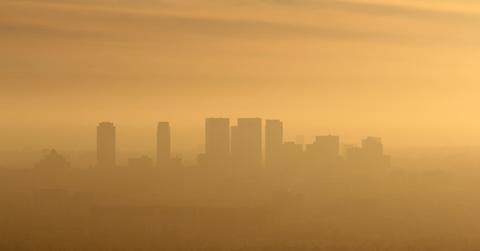
If you have been in Los Angeles (or seen pictures of the city) in the past few years, you have seen photochemical smog. The lingering brownish haze has transformed the city into almost a permanent painting of pollution. However, besides the adverse aesthetic effects on the city and other places around the world, photochemical smog is a major detriment to human and environmental health.
But first, what is photochemical smog, and how is it different from regular smog?
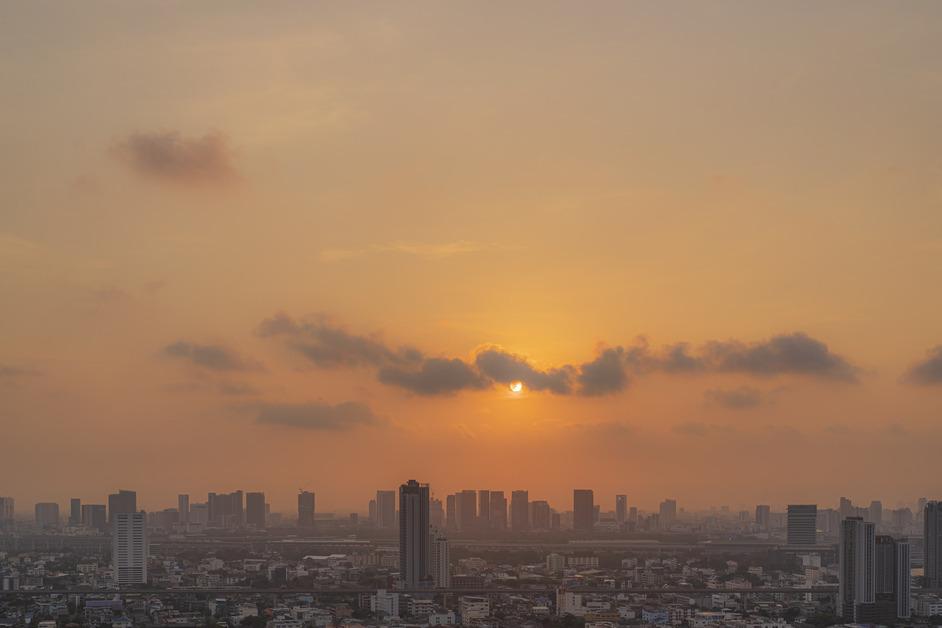
What is photochemical smog?
Smog is usually used to describe air pollution, with the word representing a mix of smoke and fog. Today, most of the smog we see is photochemical smog.
Car exhaust, power plants, and factories release nitrogen oxides into the atmosphere. At the same time, gasoline, paints, and cleaning solvents release volatile organic compounds (VOCs). When both of these react with sunlight, they create ground-level ozone and air particulates, which are the main ingredients in photochemical smog, per National Geographic.
Unfortunately, the brownish-gray haze is becoming more commonplace in cities all over the world today.
Places like Los Angeles have maintained high levels of smog since before the Clean Air Act of 1970. In 1953, schools and certain businesses were shut down in LA for the entire month of October because of smog, per Resources Magazine.
To make matters worse, cities like LA are especially prone to the buildup of smog because of the landscape. LA is situated in a basin that is surrounded by mountains, which causes any smog to get caught in the valley instead of being carried away by the wind, per National Geographic.
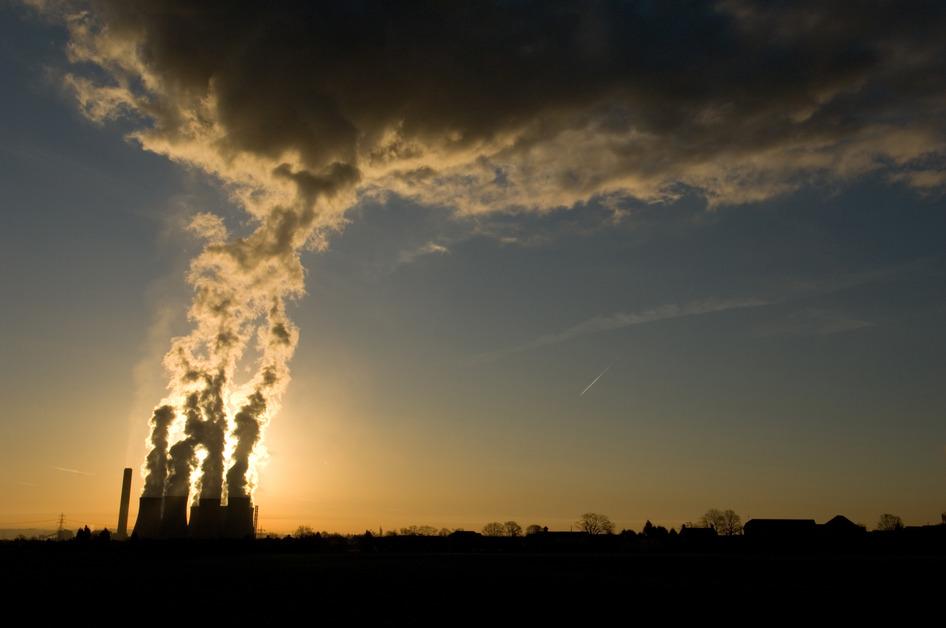
Is photochemical smog a primary or secondary pollutant?
Photochemical smog is technically a secondary pollutant — though its formation begins with primary pollutants.
Nitrogen oxides and VOCs are the two major primary pollutants, which refers to air pollutants emitted directly from a source, according to the South Australian Environment Protection Authority.
As explained above, photochemical smog is formed when nitrogen oxides and VOCs react with sunlight. The chemical reactions that occur result in various secondary pollutants, such as ozone and peroxyacetyl nitrate (PAN), which make up photochemical smog.
Photochemical smog is caused by pollution from human activities.
In short, the main cause of photochemical smog is unsustainable human activity.
Photochemical smog is caused by the mixing of chemicals from industrial processes and vehicles. According to the Environmental Protection Agency (EPA), VOCs and nitrogen oxides emitted from industrial factories, electric utilities, vehicle exhaust, and gasoline initiate a reaction with sunlight, which creates photochemical smog. The smog itself is a mix of pollutants, with the most concerning being ozone and nitrogen oxides, per the EPA.
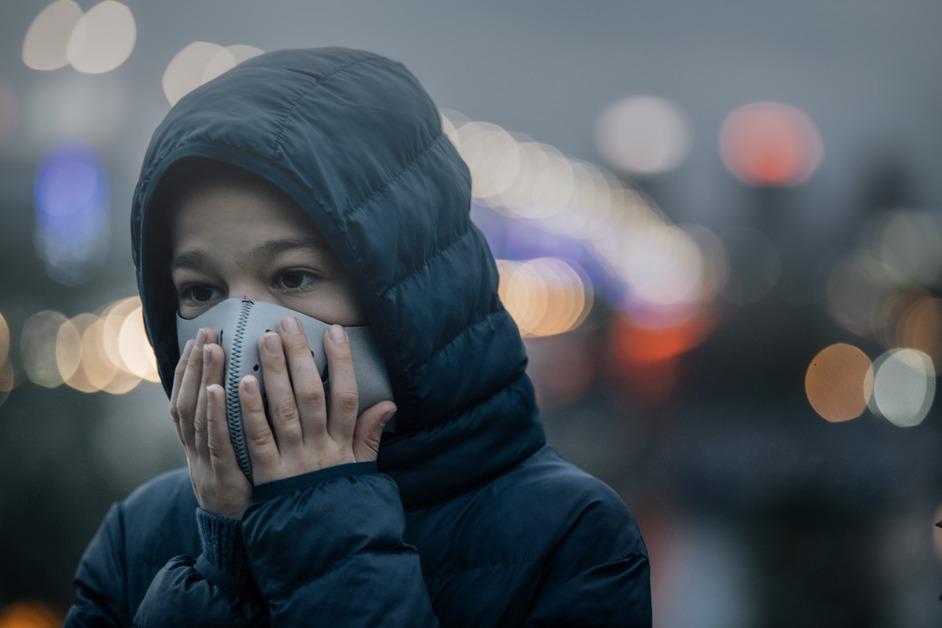
What are the health effects of photochemical smog?
Before we get into all the bad, it's important to separate the ozone that is close to the ground, versus the ozone layer in the atmosphere. The ozone layer in the atmosphere is helpful to us and offers protection from the sun's ultraviolet radiation, per National Geographic.
Ground-level ozone is not the same whatsoever. According to Molekule, ozone can lead to coughing, lung damage, and the worsening of asthma, allergies, and chronic respiratory illnesses.
As said before, photochemical smog is an amalgamation of harmful pollutants and therefore contains things like particulate matter (aka PM), which is another major concern.
Long-term exposure to particulate matter in photochemical smog results in a lot of the same symptoms as ozone, the most severe being reduced lung function, heart attacks and irregular heartbeat, and possible premature deaths for people with heart and lung disease.
To assess the bigger picture, the World Health Organization (WHO) has estimated that air pollution is responsible for 6.7 million premature deaths annually.
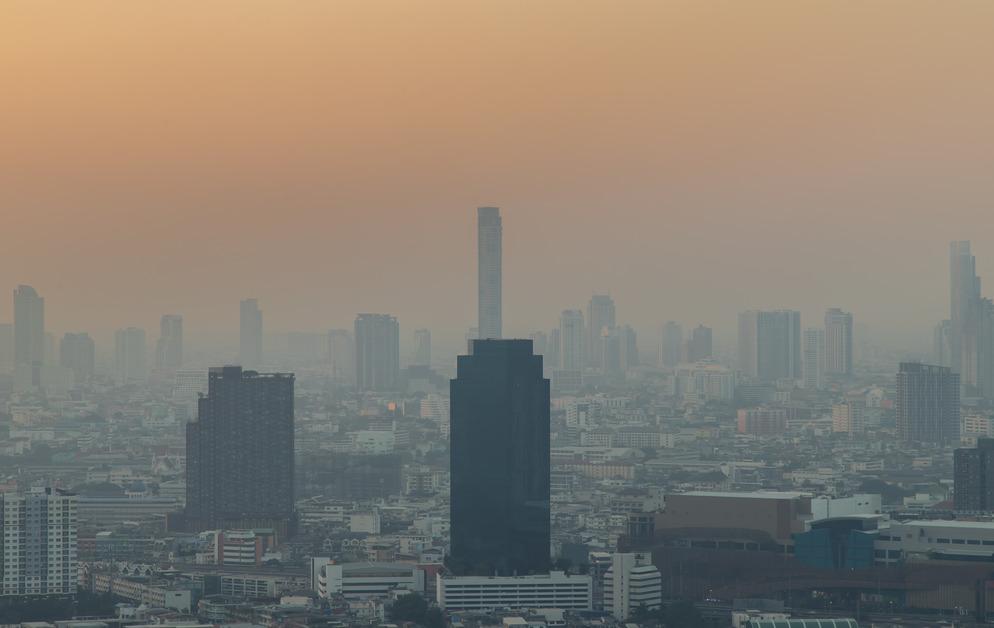
What are the environmental effects of photochemical smog?
Besides all the adverse human health effects, photochemical smog is also doing damage to the environment.
Ozone, one of the smog components, has already substantially damaged crops and native plants in many regions, per ScienceDirect.
According to the EPA, ozone can reduce photosynthesis in sensitive plants and slow their growth, which in turn can affect entire ecosystems by altering biodiversity.
Global heating and climate change are inextricably connected to smog, as explained by The Los Angeles Times. Air quality experts and several studies have revealed that higher temperatures speed up photochemical reactions, which makes reducing and controlling smog a lot harder. Not to mention that dry conditions and long periods of droughts have contributed to wildfires, which release particulate matter and smoke into the atmosphere.